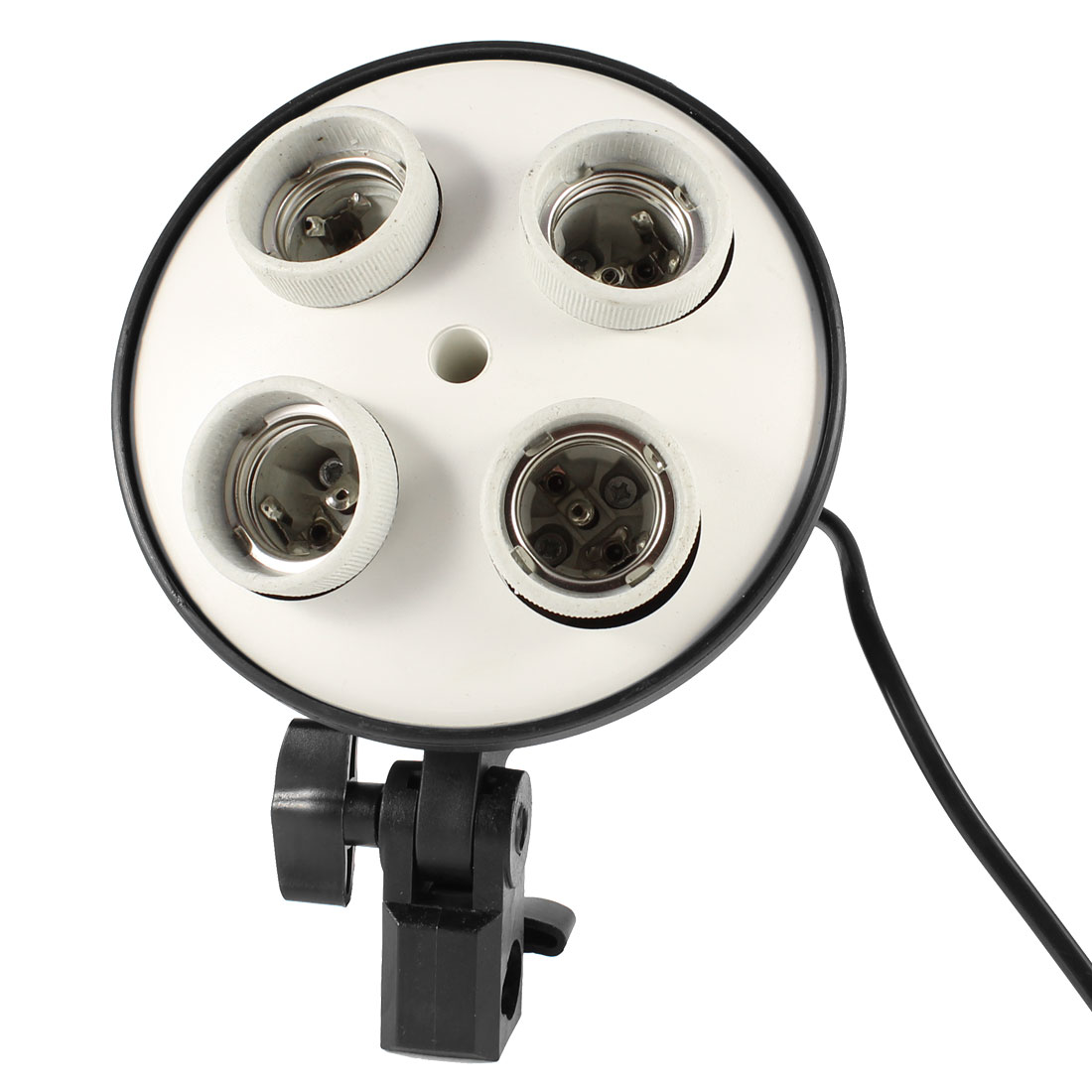Hi,
I was wondering if anyone knows if you have a 4 way bulb head for CFL bulbs like the image below whether you can mix bulb wattages (ie. 45 watt, 45 watt, 100 watt, 120 watt)? If so are there any limitations on how far apart in wattage or what combinations they are? This bulb head has two switches for each pair of the 4 bulb sockets.

Thank you
I was wondering if anyone knows if you have a 4 way bulb head for CFL bulbs like the image below whether you can mix bulb wattages (ie. 45 watt, 45 watt, 100 watt, 120 watt)? If so are there any limitations on how far apart in wattage or what combinations they are? This bulb head has two switches for each pair of the 4 bulb sockets.

Thank you


